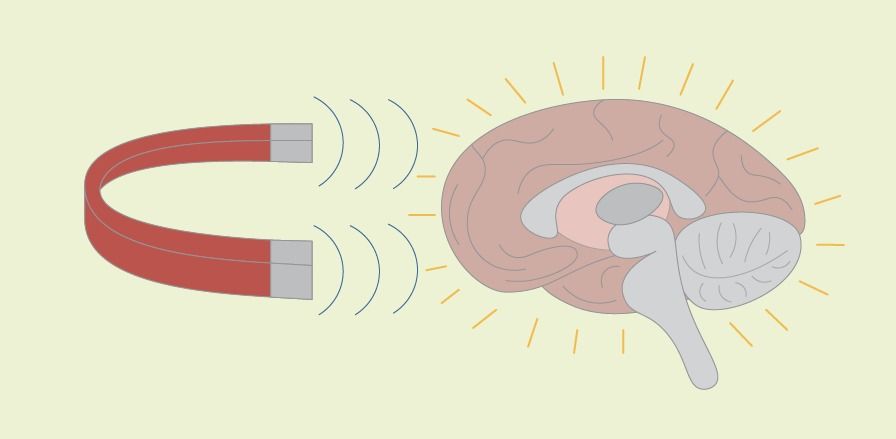Jan 9, 2017
Neural connection keeps instincts in check
Posted by Karen Hurst in categories: biological, neuroscience
Scientists identify the physical connection through which the prefrontal cortex inhibits instinctive behavior
From fighting the urge to hit someone to resisting the temptation to run off stage instead of giving that public speech, we are often confronted with situations where we have to curb our instincts. Scientists at the European Molecular Biology Laboratory (EMBL) have traced exactly which neuronal projections prevent social animals like us from acting out such impulses. The study, published in Nature Neuroscience, could have implications for schizophrenia and mood disorders like depression.
Continue reading “Neural connection keeps instincts in check” »
















